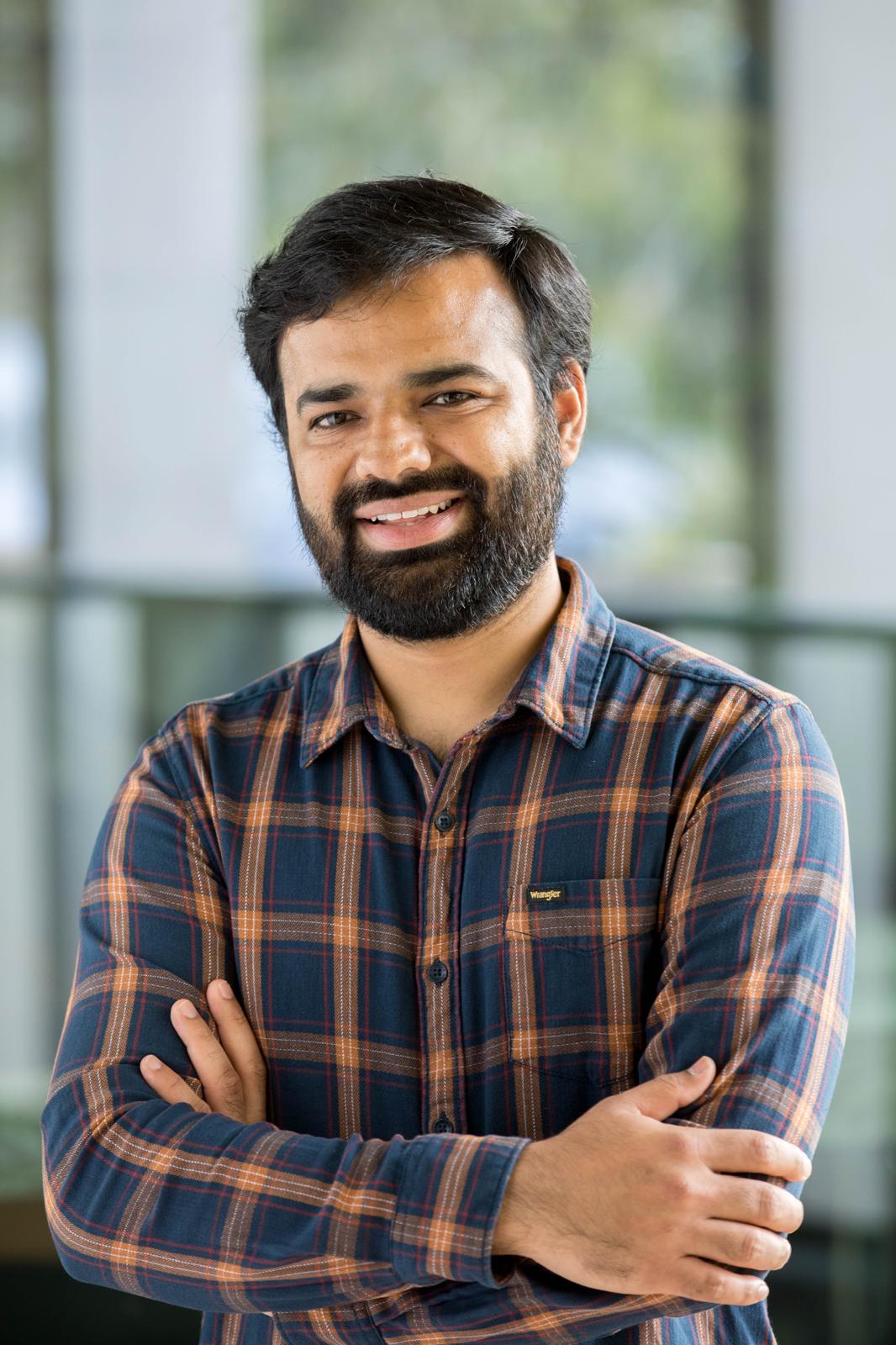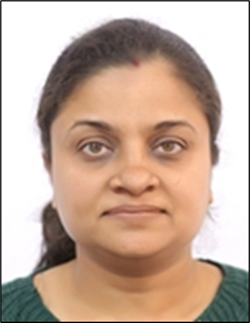


Keynote Speaker
Kathmandu University, NEPAL
Smart Inventory Optimization with Deep Reinforcement Learning: Challenges and
Real-World Applications
Abstract:
Inventory management is a key part of running an efficient supply chain, but it’s also tricky, especially when things are uncertain. Traditional methods work well when everything is stable and deterministic, but they often fall short in fast-changing situations where demand shifts unexpectedly, or information is incomplete shifting the demand patterns. That’s where Deep Reinforcement Learning (DRL) comes in—a modern approach that helps systems learn how to make better decisions over time. This invited talk focuses on how DRL can be used to improve inventory control. The goal is to make smart decisions step-by-step to reduce costs like holding costs and maintaining service level. By modeling the system as Markov Decision Process techniques such as Deep Q-Networks (DQN) and Proximal Policy Optimization (PPO) can be deployed to learn robust policies that generalize across stochastic demands and lead time scenarios.
Drawing from empirical research and experimental studies, we’ll look at what makes DRL promising and the challenges it faces. These include issues related to reward design, sample inefficiency, exploration strategies, and the interpretability of learned policies.

Plenary Speaker
The University of University, AUSTRALIA.
Translational AI in Neuroimaging and Nuclear Medicine
Abstract:
This talk highlights the transformative role of AI in advancing medical imaging and molecular diagnostics across neuro-oncology, neurology, and oncology. The session is divided into two complementary domains. Dr Rajat will explore AI applications in positron emission tomography (PET), with emphasis on: (1) data-driven modelling of dynamic tracer kinetics for improved quantification, and (2) comparative analyses of radiomics-based versus foundation model derived explainable features for cancer prognosis and survival prediction. The talk will further outline the potential of large language models (LLM) to bridge these imaging methodologies with molecular tissue profiling, including histopathology and spatial transcriptomics. This unified, AI-powered framework aims to support precision diagnostics and personalized therapeutics.

Plenary Speaker
Opole University of Technology, POLAND
Experimental Progress and Potential for Computational Synergy in the Field of Electrocatalysis with Nanomaterials
Abstract:
Nanomaterials are playing an increasingly vital role in addressing global sustainability challenges, particularly in the field of clean energy. Their unique properties at the nanoscale enable breakthroughs in technologies such as electrocatalysis, which is central to processes like water splitting, CO₂ reduction, and fuel cell operation. This keynote explores the experimental development of advanced nanostructured materials designed to improve catalytic efficiency, selectivity, and durability. While the core focus is on synthesis and characterization, the talk also highlights how computational modelling, simulation, and optimization are becoming powerful allies in accelerating materials discovery and guiding design strategies. By bridging experimental innovation with computational insight, this integrated approach is helping to shape the next generation of sustainable energy solutions.